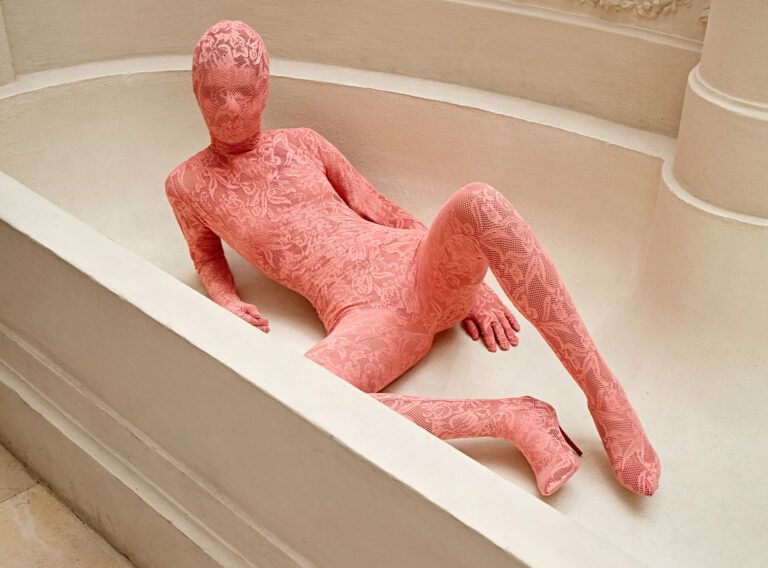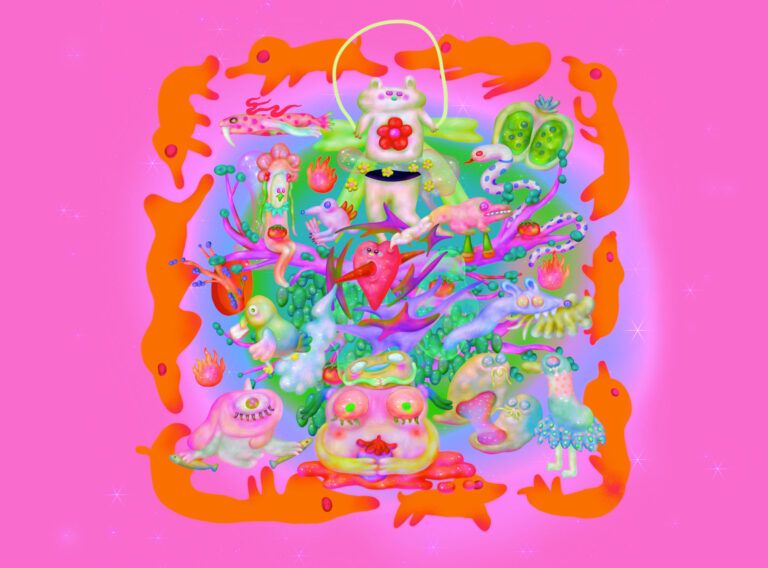Your work delves into the intricate structures within the footprints of human presence and the marks we leave on the world. What initially sparked your fascination with exploring these imprints, and how has this exploration evolved over time?
I would say that the fascination was always there. A desire to explore abandoned places. Houses, factories, or just stumbling upon a ruin of a hut in a forest. It is maybe the eerie feeling and the uncanniness of such places filling me up with either the adrenaline or with the calming feeling of solitude that I enjoy. I also find a sort of comfort in the ugliness of these marks formed with time. It is a reminder of tangibility. And that the exploration of the same place over time brings different finds with each visit to the same place. Same as a memory takes altered shapes over time. The evolution came with paying more and more attention to the details, to the point where I became oblivious to the complete footprint and rather became interested in the individual structures of these marks.



You mention contemplating whether reflections in mirrors or memories of events can be considered profound footprints of our existence. How do these non-physical imprints contribute to the narrative of your work, and what significance do they hold in conveying the transient nature of human experience?
I play with the idea of every person processing reality differently, as we all vary in our perceptions. It led me to believe there is a lot of beauty in the differences inside of us. The non-physicality of these phenomenons point to the uniqueness and volatility of our perceptions and memories. Here the mirror plays a role in reflecting your perception of your own self in comparison to a concrete image of you being reflected and seen by another person. What interested me the most was the psychological nature of these imprints rather than solely physical phenomena.


Navigating the landscape of memories is a central theme in your work. How do you approach visually crystallising the moments that are both comprehensible and heavily encrypted?
I would say that as a memory starts to fade away, you could try to piece it back together, but would most probably end up with something that technically did not happen. I find it quite mysterious, the creation of a vague copy of reality. Memories also crystallise a comprehensible image until it begins to fade. The encryption being just a mist of a memory, it holds information that is readable to a certain extent, but the forgotten parts become either encrypted, meaning they are missing a piece to the puzzle, or that they are corrupted beyond repair. But someone else’s perception of these depictions may differ. Approaching it differently and finding their own interpretations of what they would consider encrypted/comprehensible is natural and also encouraged.

Your reflection on the inequality between asking questions and seeking answers is intriguing. In your artistic practice, do you find the act of questioning more significant, or do you believe the pursuit of answers takes precedence?
The ideal situation would be the balance between the two, although in the proces of painting I mostly find myself questioning everything and answering something close to nothing. I dare to say that I do not force the answer, but rather let it come later, if ever. This contemplation mainly served as an example for these spiralling thoughts that inspired the attempt to map this question-making and answer-seeking machine that the human brain often seems to be.



The portrayal of the seemingly chaotic nature of the human condition is central to your vision. How do you visually represent this inner world lacking a predefined map, and why do you choose plant roots as metaphors for self-exploration? What symbolism do these roots hold in the context of your work?
The roots themselves remind me a lot of the visualisations of neuron connections trying to connect in a seemingly chaotic network. Roots serve a purpose of transporting and extracting vital components for the growth of a plant, not unlike brain cells that connect to transport signals and form synapses – although plants usually do not grow such a complex network. I find it quite fitting for the reason that dead roots become a relic of that plant’s life. Burying deeper and deeper vaguely resembling a map that once was full of life and striving to transport more and more nutrition from the soil.



Describing the canvas as a space to leave an indelible mark and a testament of your past presence is a powerful concept. How do you view the role of the canvas in capturing and preserving moments of self-exploration, and what emotions or messages do you aim to convey to viewers through your paintings?
The canvas itself is an empty vessel waiting to be imprinted with these marks. Then, it is left with the range of abstract marks and proof of presence, inspired by principles of the Rorschach test – even though it is not considered a reliable test, it proves that we all have at least some discrepancies in our ways of perceiving reality. I get into applying some sort of pareideology, looking for clues reminiscent of memories. The self-exploration comes in the form of putting these clues together as they form parts of my memories, a testament of my non-physical presence. Although a lot of my paintings deal with self-exploration of my own self, I strive to spark curiosity and perhaps start an internal debate while navigating the painting itself. I invite the viewer to get lost and then found, to get lost and piece together their own internal map. Whether you get lost rather than found, the proof of your presence in these mirrors remains.





